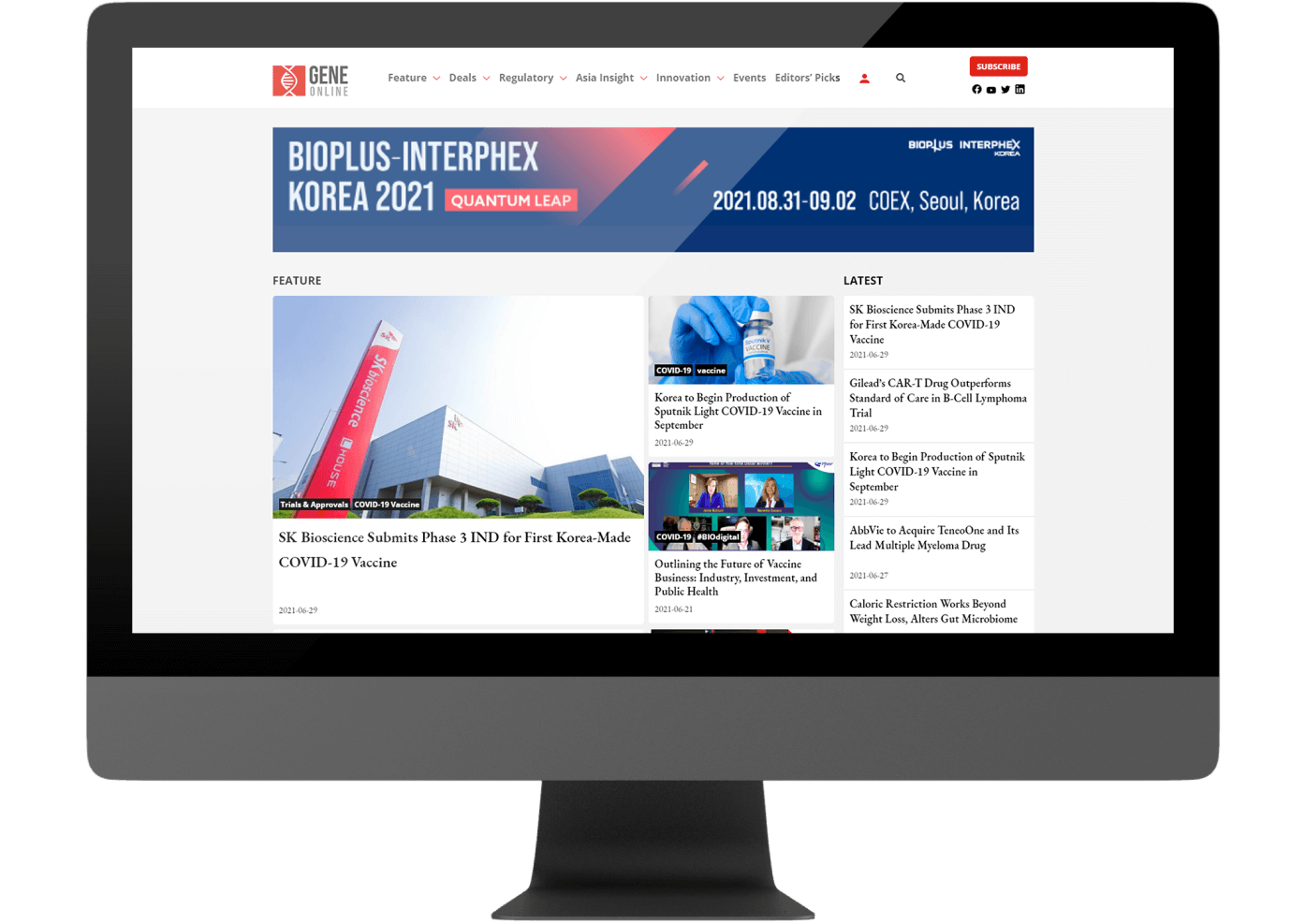A New Imaging Tool Predicts Response of Cancer Patients to Immune Checkpoint Inhibition Therapy
A recent study published in the journal Cancer Research by University of Bath researchers demonstrates a new imaging technique that can predict the response of anti-PD-1 therapy by looking into the interaction between PD-1 and its ligand PD-L1 instead of the levels of the ligand.
By T.Chakraborty, Ph.D.
Introduction
Cancer is one of the deadliest diseases accounting for approximately 10 million deaths annually and ranking second behind heart diseases as the most common cause of death in the human population. In the United States alone, more than 1.7 million people are diagnosed with cancer every year, and approximately 600,000 patients die from this disease [1]. Even with the improvement of drug target identification and precision medicine, the field of cancer therapy has faced the hurdle of drug resistance. Drug resistance to different cancer therapies allows the cancer cells to bypass the drugs, survive and grow in the host, ultimately leading to death.
Immune Checkpoint Therapy
The immune system of our body plays a vital role in fighting cancer. Although changes in genetic components define the initiation of cancer, its longevity is dependent on its ability to avoid host immunity. To prevent an uncontrolled immune response, immune cells express the immune checkpoint proteins, which suppress the immune response to keep a balance between pro-inflammatory and anti-inflammatory factors. Cancer cells take advantage of these checkpoint proteins to bypass the host immune system and spread to different parts of the body.
This critical breakthrough has led to the emergence of immune checkpoint inhibition (ICI), a Nobel Prize-winning discovery (2018). Cancer cells evade immunity via direct inhibition of T-cells by engaging specific immune checkpoint pathways, such as programmed cell death –1 (PD-1) and cytotoxic T-lymphocyte antigen-4 (CTLA-4) [2]. Blocking these pathways has shown promising activity in multiple cancers prompting the approval of PD-1 and CTLA-4 inhibitors [3].
Challenges of Immune Checkpoint Inhibition
Though these inhibitors now find routine use in treating patients with advanced melanoma, renal cell cancer, bladder cancer, hepatocellular carcinoma, among others, there have been certain challenges that have come to the forefront. While ICI helps in improving the quality and prolonging lives of cancer patients, it works selectively on specific cancer types, thus prompting more research on its applicability to a broader spectrum. One of the major pitfalls of ICI therapy is all the patients are not equally responsive to this type of immunotherapy.
Recently ligands for the immune-check proteins are used as a biomarker for identification of a patient population who may benefit from ICI treatment. Thus, the FDA has approved diagnostic assays to determine the levels of PD-L1 to be used as markers before treatment using anti-PD-1 therapy. However, with recent clinical studies, it has been clear that the level of ligand, PD-L1 is not an accurate diagnostic marker in predicting patient prognosis and response to treatment.
A recent study published in the journal Cancer Research by Dr. Larijani and colleagues from the University of Bath demonstrated a new imaging technique that can predict the response of anti-PD-1 therapy by looking into the interaction between PD-1 and its ligand PD-L1 instead of the levels of the ligand [4].
iFRET – New Tool to Predict Patient Response to ICI Therapy
Immune-FRET(i-FRET), takes advantage of a two-site, cell-to-cell amplified Förster Resonance Energy Transfer method (FRET), and the energy transfer is detected by Fluorescence Lifetime Imaging Microscopy (FRET/FLIM). Here, iFRET functions as a “chemical ruler,” measuring cell-to-cell interactions ranging from 1 nm to 10 nm.
Other imaging assays that can measure interactions by imaging like proximal ligation assays have a range of greater than 10 nm, which is not ideal for studying the ligand-receptor interactions. The researchers demonstrated that the interaction between PD-1 and PD-L1 could be detected using this novel imaging technique.
The PD-1/PD-L1 interaction did not correlate with the amount of PD-L1 in the tumor but did correlate with survival rates post-treatment with anti-PD-1 therapy. The study showed that tumors with higher levels of interactions between PD-1/PD-L1 exhibit better patient response to drug intervention. This novel diagnostic tool may be the future of ICI therapy and another step towards personalized immunotherapy [4].
Banafshé Larijani, Ph.D., the corresponding author of the study, said, “Currently, decisions on whether to proceed with checkpoint inhibitor treatment are based simply on whether PD-1 and PD-L1 are present in biopsies, rather than their functional state. However, our work has shown it is far more important to know that the two proteins are actually interacting and, therefore, likely to be having a functional impact on tumor survival.” [5]
Editor: Rajaneesh K. Gopinath, Ph.D.
Related Article: Freenome Receives $270 Million Funding for Early Cancer Detection
References
- https://www.cancer.gov/about-cancer/understanding/statistics
- https://www.pnas.org/content/109/14/5399
- https://www.ncbi.nlm.nih.gov/pubmed/26413872
- https://cancerres.aacrjournals.org/content/canres/early/2020/08/25/0008-5472.CAN-20-1117.full.pdf
- https://www.bath.ac.uk/announcements/new-tool-identifies-which-cancer-patients-are-most-likely-to-benefit-from-immunotherapy/
©www.geneonline.com All rights reserved. Collaborate with us: service@geneonlineasia.com









